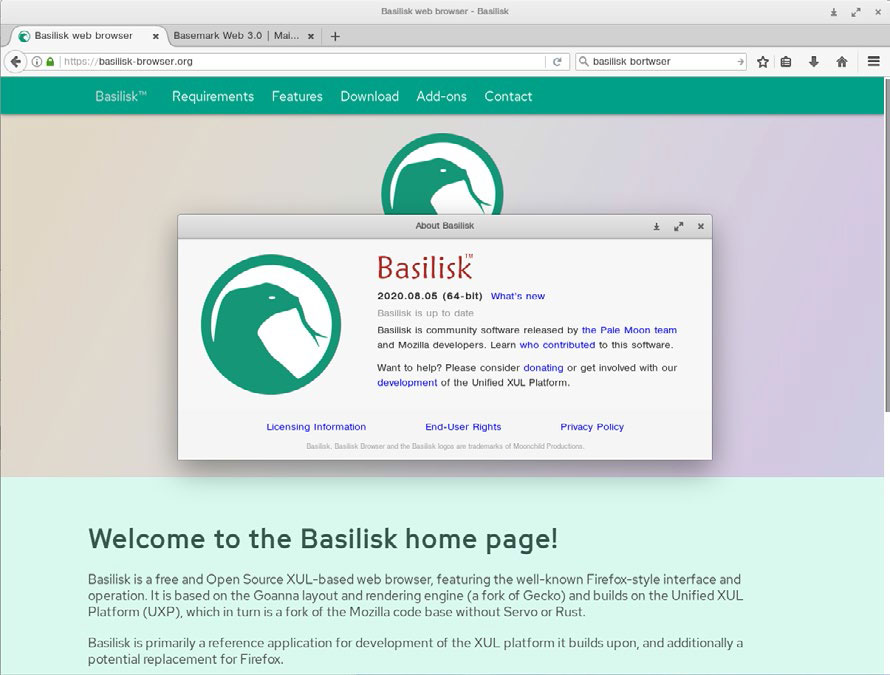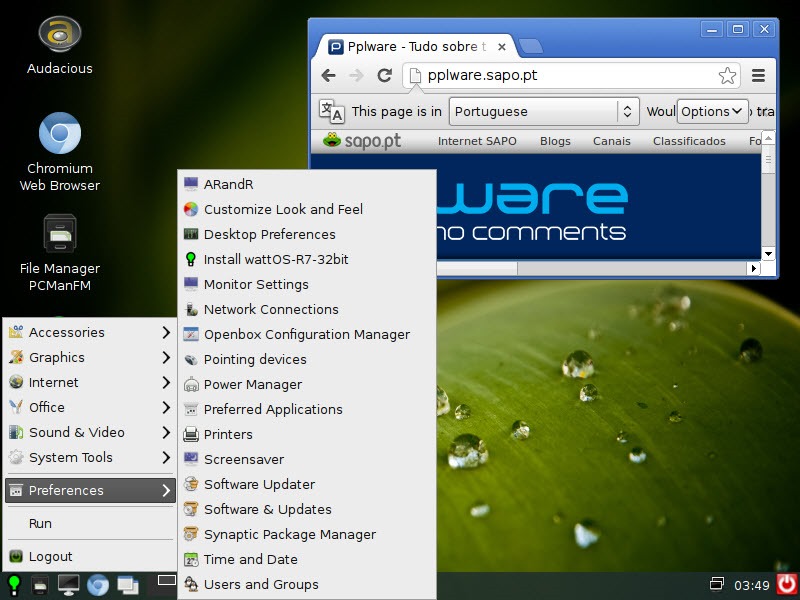

A more comfortable way is Unity Tweak Tool or GNOME Tweak Tool, both are available from your package manager.Īgain finding themes through Google or another search engine isn’t much of a deal, I have listed a few sources at the end of this article. You can change to them via System Settings -> Appearance.

Also keep in mind that white (or other really bright colors) on black can be just as bad as black on white, so unless you need it, you should avoid too high contrast.Īgain your standard installation already has a couple of themes, you can play with them first to get at least an idea which way you want to go. However, it might not be to everyone’s cup of tea, but you should give it a try. Personally, I prefer a theme that is dark, I find it easier for the eyes, in particular if you spend long hours in front of the screen. Most distros come with a light or mainly light theme as default.

The basic decision you have to make is whether you want a light (dark text and controls on a light background) or a dark themes (light text and controls on a dark background). On a Linux desktop you can do the same with all applications (unless they are really exotic). You might know themes from applications such as Firefox, that allow you to change the appearance of the user interface by installing a theme or persona. My desktop (Unity) with Dorian Theme 3.10 and Faenza (darkest) Icons Get a cool theme Wallch is available from the official repository, so it’s just Sudo add-apt-repository ppa:peterlevi/ppa
Puppy linux pinta install#
You can also install a wallpaper changer like Variety or Wallch, they allow you to do a lot of cool things like turning your desktop into a slightshow or a clock, use various online sources or just manage your own wallpaper collection in an easy way. Use Gimp or Pinta to crop them to fit your desktop best, that’s really easy and makes it look a bit nicer. I like music, so I have a lot of wallpapers made from live footage or promotional images. If you want something more individual, you can use your own images or use the Google Image Search to find pictures of your favorite band, singer, actor, model, movie, car, animal or whatever you like. For more recent packages you can search, installing them on your system shouldn’t be a big deal, they are just images (jpg, png). If you search your package manager for the keyword “wallpaper” you will find even more packages that you can install, they are from previous versions or from other *buntus. Most distros already come with a wallpaper package pre-installed, Ubuntu has besides the official wallpaper about 10 community wallpapers that you can choose from via System Settings -> Appearance. Wallpapers are like the face of your desktop, while at work you won’t see them often but they are usually the first thing you see after logging in.

This is written for Ubuntu with Unity in Mind but it work just the same for Mint with Cinnamon or MATE, for other desktops such as KDE or Openbox you can find similar functions in other tools. And through combining different elements you can turn your desktop into something individual that nobody else has and that often requires just a few clicks. That is already pretty cool but you can also fairly easy spice up your existing desktop without doing such fundamental changes. People are different and if there is one thing, that you can do on Linux, it’s being different, we have lots of different distros, different desktops and applications.


 0 kommentar(er)
0 kommentar(er)
